Bangkok attractions
Attractions in Thailand
Thai Rain-Seeking Traditions The Prayers of Hope in Times of Drought Thailand is a country whose economy is deeply rooted in agriculture, with rain being an essential source of water for farming. When the rains do not come as expected or droughts occur, Thai agriculture is severely affected. This has led to the development of rain-seeking traditions and rituals, which are deeply embedded in the cultural beliefs and hopes of Thai communities, calling upon the natural forces to bring rain during times of drought.
The History and Importance of Rain-Seeking Traditions The
tradition of rain-seeking in Thailand dates back to ancient times, reflecting the belief that nature possesses spirits capable of responding to human requests. In the past, Thai communities believed that gods and sacred beings had the power to summon rain according to their desires. Rituals and prayers were performed to show respect and to request blessings from these deities. Rain-seeking was not only a means of seeking help in times of need but also a way to foster hope and unity within the community.
Prayers and Rain-Seeking Chants in Thai Traditions In conducting rain-seeking rituals, Thais often use specific prayers and chants that express their needs and hopes for rain. For example, in the northeastern region (Isan), rain-seeking prayers often invoke Phaya Thaen, a deity believed to have the power to bring rain. In contrast, the rain-seeking tradition of parading the “Nang Maeo” (Cat Procession) in central Thailand involves prayers where the cat symbolizes moisture and rain.
The Nang Maeo (Cat Procession) Ritual One of the most well-known rain-seeking rituals involves parading a cat through the village. During the procession, prayers for rain are recited while water is sprinkled on the cat, prompting it to cry out, which is believed to signal the coming of rain. This belief reflects the idea that making the cat cry will help induce rain, as the cat's cry is thought to resemble the sound of approaching moisture and rain.
Rituals and Rain-Seeking Practices in Thai Communities Apart from the Nang Maeo, various other rituals related to rain-seeking are practiced across different regions of Thailand:
1. Phaya Thaen Worship (Northeastern Region) In Isan, Phaya Thaen is worshipped as a deity with the power to bring rain. The ritual typically involves a large merit-making ceremony, chanting prayers, and conducting offerings to ensure Phaya Thaen hears the people's requests. Additionally, rocket processions (Bun Bang Fai) are held to demonstrate faith and remind Phaya Thaen that it is time for the rain to fall.
2. Pha Wet Procession (Northeastern Region) The Bun Pha Wet festival is a major merit-making event that includes a component of rain-seeking, especially during times of drought. Isan people parade the Pha Wet cloth, a sacred item used in worship, to honor and respect Phra Vessantara (Prince Vessantara), believing it will bring prosperity and rain.
3. Rocket Procession (Northeastern Region) The Rocket Procession, or Bun Bang Fai, is another rain-seeking ritual in Isan. It involves launching rockets into the sky, which is believed to signal the gods that it is time for the rain to come. Today, this tradition remains popular, with many northeastern communities hosting annual Rocket Festivals.
4. Pot Procession (Central Region) In the central region, communities hold a Pot Procession as part of their rain-seeking rituals. Villagers parade pots or water containers through the village while chanting prayers for rain. This ritual is a collective effort to seek rain from nature and sacred beings.
5. Worship of Brahma and Indra (Northern Region) In northern Thailand, some communities worship Brahma and Indra, gods believed to have the power to bring rain. The ritual involves chanting prayers and offering sacrifices to ask for rain during the growing season.
6. Worship of the Sky Spirit (Northern and Northeastern Regions) The worship of the Sky Spirit is a ritual practiced by the Lanna people in northern Thailand and some parts of the northeastern region. It involves communicating with ancestral spirits to seek their help in bringing rain. This ritual often includes chanting prayers and offering sacrificial items.
7. Worship of Phaya Laeng Deity (Southern Region) In southern Thailand, the Phaya Laeng deity is worshipped as a god with the power to bring rain during droughts. The ritual involves a large merit-making ceremony, chanting prayers, offering sacrifices, and asking the deity for rain to ensure sufficient water for farming and daily life.
8. Nang Bua Procession (Central and Northern Regions) The Nang Bua Procession involves parading a statue of Nang Bua, a deity or spirit believed to have the power to bring rain. The ritual includes chanting prayers and carrying the statue through rice fields and farming areas to request rain for agriculture.
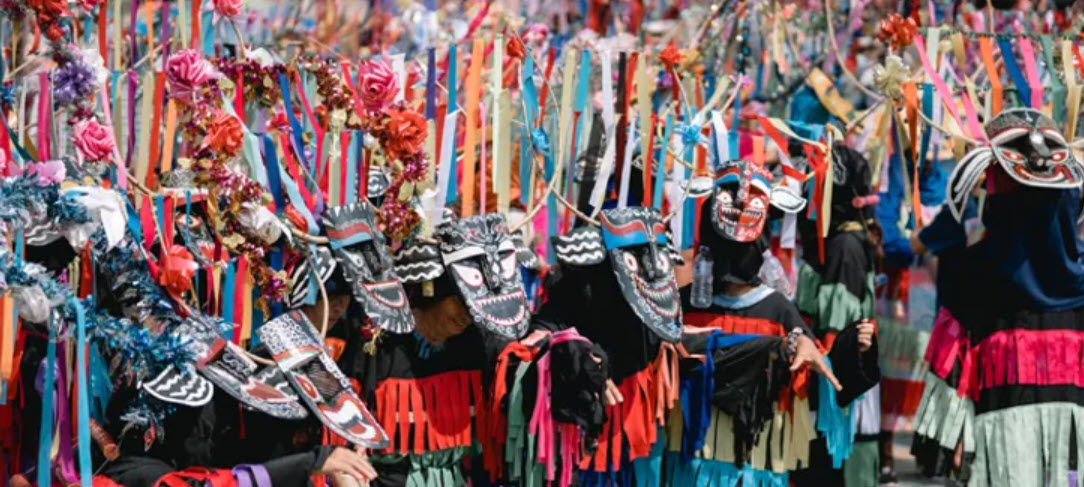
9. The Phii Khan Nam Festival (Northern Thailand) The Phii Khan Nam Festival is held during the dry season or periods of minimal rainfall. The ceremony involves preparing offerings such as food, fruits, and flowers to be presented to the Phii Khan Nam, which are believed to be spirits residing near water sources or in specific sacred areas. During the ritual, villagers chant or sing to request rain from the Phii Khan Nam to ensure it falls in the appropriate season. The festival may also include traditional performances, such as dancing, to enhance devotion and invoke rain.
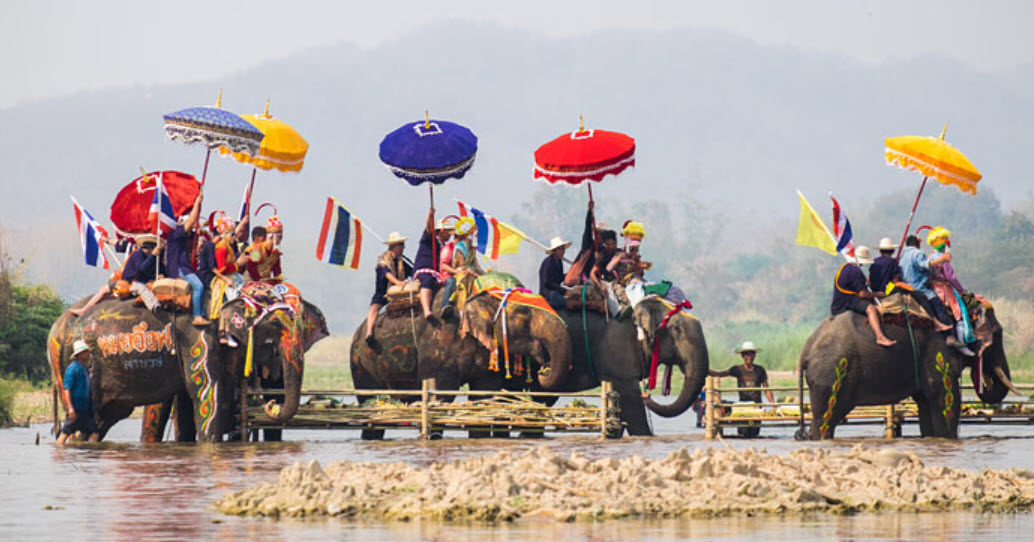
10. The Phan Chao Pha Ja Na Khuen Festival (Northeastern Thailand) The Phan Chao Pha Ja Na Khuen Festival is a significant tradition in the Northeastern region of Thailand, particularly in Nakhon Ratchasima and neighboring provinces. This ceremony is held to request rain and venerate sacred relics, playing a part in maintaining the fertility of land and water resources. The Phan Chao Pha Ja Na Khuen is a revered elephant figure with religious and cultural significance. Villagers believe that the elephant has the power to call for rain and promote fertility. The procession of the elephant is a way to seek blessings from deities and venerate the elephant, ensuring timely rainfall and successful agricultural yields.
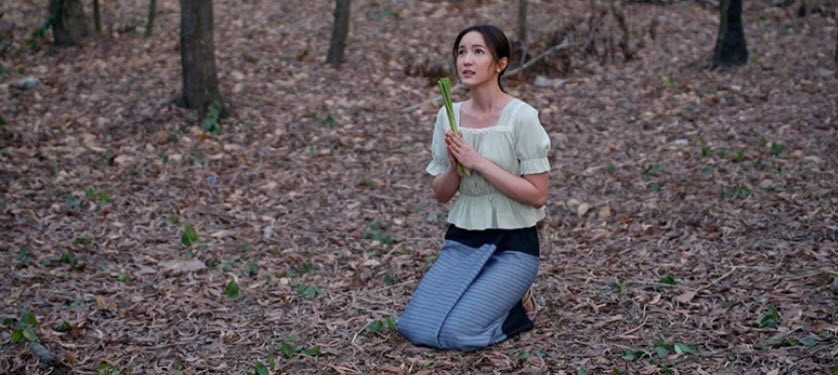
11. The Tradition of Planting Lemongrass to Ward Off Rain (Northern and Central Regions) The tradition of planting lemongrass to ward off rain in Northern and Central Thailand involves specific methods and must be performed in a certain order. Typically, a virgin or a woman who has never engaged in sexual intercourse is chosen to carry out the ritual. It is believed that a virgin's purity enhances the sanctity of the ritual. The method involves planting an odd number of lemongrass stalks, such as 5 or 7, into the ground, but with the tops pointing downward and the roots pointing skyward. This unusual placement is believed to anger the rain god or Phra Phirun, as it goes against the natural order of plants. As a result, it is thought that the rain will stop in the area where the lemongrass has been planted.
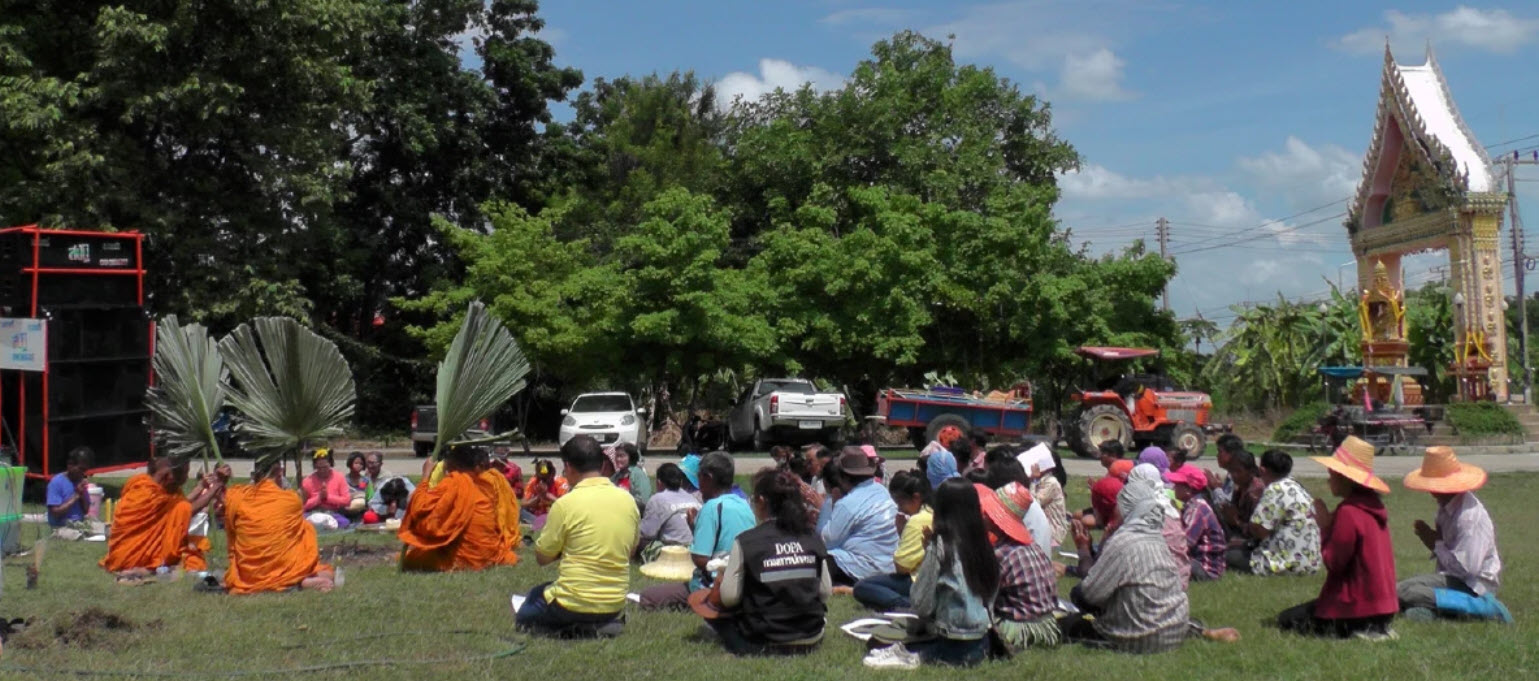
12. The Pla Chon Chant for Rain (Northeastern Region) In the Korat region of Northeastern Thailand, villagers dig a pit and place a snakehead fish (pla chon) into it, while inviting monks to chant the "Pla Chon" mantra to invoke rain. It is believed that if the fish jumps during the ritual, rain will fall within 3 to 5 days.
13. Molding Phallic Symbols and Clay Figurines for Rain (Central Region) In the Central Region, this ritual involves specific steps. Usually, the participants use clay from the local fields to mold phallic symbols or figurines of naked men and women, which symbolize fertility and reproduction. This clay molding is typically done in the fields, accompanied by prayers and meditation for rain. The finished figures are then placed in the fields as a symbol of the rain invocation. If the rain falls as intended, these figures are destroyed as a way to release the sacred energy and express gratitude to nature.
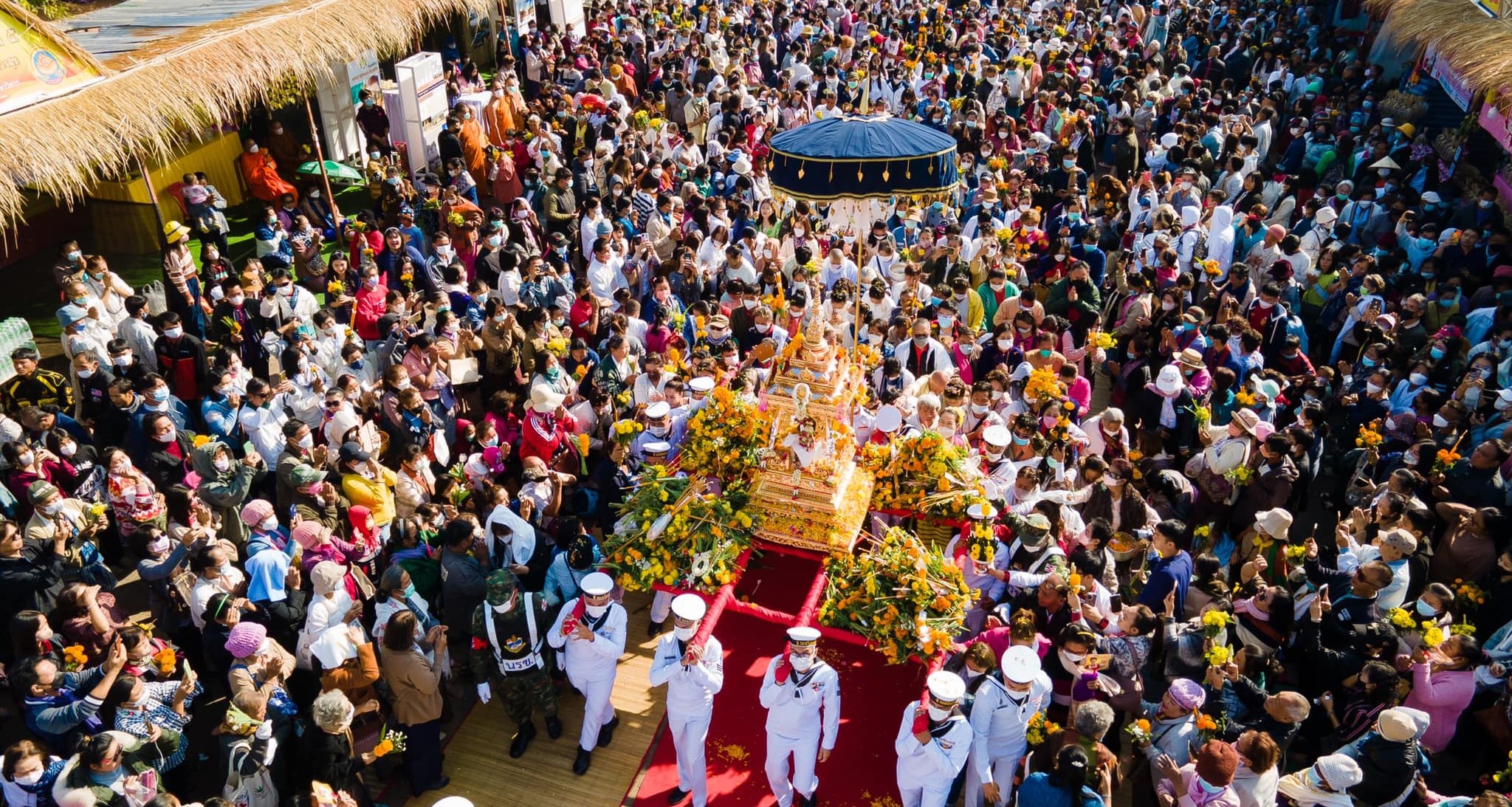
14. The Tradition of the Phra Upakut Procession to Pray for Rain (Northeastern Region) The tradition of the Phra Upakut procession to pray for rain is a significant ritual in certain regions of Thailand, particularly in the northeastern provinces like Nakhon Phanom and Kalasin. Phra Upakut is a revered Buddhist monk believed to possess supernatural powers to vanquish evil and protect people from disasters. It is believed that worshipping Phra Upakut can invoke rain, helping farmers and residents to avoid drought.
During the Phra Upakut procession, the statue of Phra Upakut is often taken out from its shrine or specially designated location. The procession includes a large number of participants, both villagers and monks. The procession moves through villages or agricultural areas, with participants chanting prayers and praising Phra Upakut to request sufficient rainfall for crops.
In Nakhon Phanom Province, the Phra Upakut procession is held in March, just before the rainy season, as part of the annual Phra That Phanom worship festival. It is believed that participating in this ritual brings peace and blessings from Phra Upakut. In Kalasin Province, the Phra Upakut procession has slight variations. Villagers invite Phra Upakut to a specially built shrine, where they organize a procession with flowers, incense, and candles, followed by rituals according to local beliefs. It is believed that this practice will ensure timely rainfall and help resolve drought issues in the area. The Phra Upakut procession to pray for rain reflects the deep connection between the community's Buddhist faith, their way of life, and their reliance on nature and agriculture.
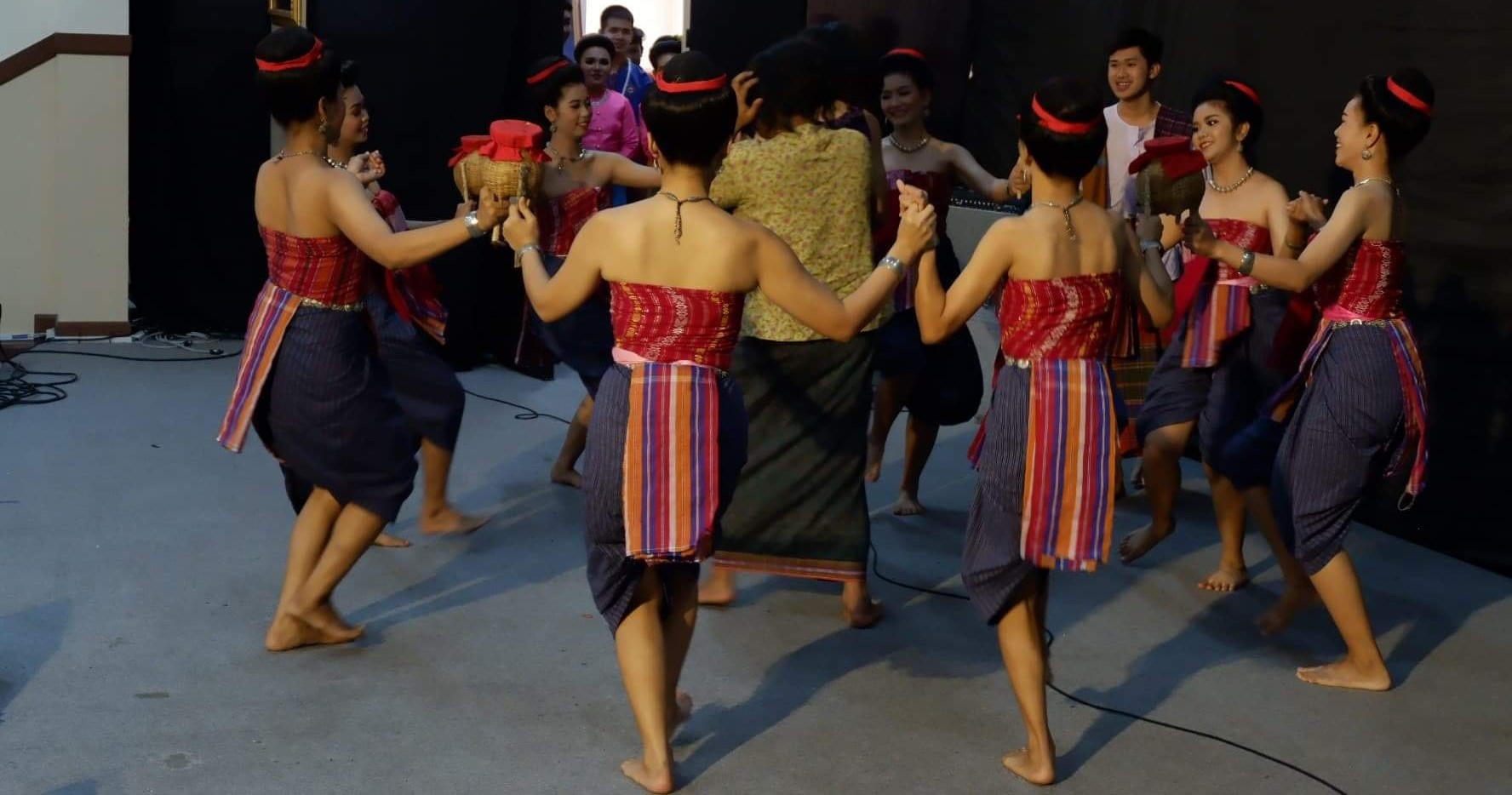
15. The Tradition of Siang Khong to Call for Rain (Northeastern Thailand) In Northeastern Thailand, there is an ancient tradition known as "Siang Khong" or the "Siang Khong Ceremony," which is a ritual performed to call for rain, particularly during periods of drought. The word "Siang" means sound or a calling voice, while "Khong" refers to a basket used for holding fish. The ceremony involves invoking rain through specific actions related to this fish-holding basket.
The Siang Khong ceremony begins with the preparation of a Khong, typically made from bamboo or other natural materials. This Khong is then brought into a religious ritual where prayers are recited, and people earnestly ask for rain from sacred beings. After the ritual, the Khong is placed in rice fields, where it is believed to attract rain to the area. In some communities, the Siang Khong ceremony may also include games and social activities to foster unity within the community.
This tradition exemplifies the deep connection between the people of Northeastern Thailand and nature, particularly agriculture. Although this belief has been passed down through generations, it reflects the respect and reliance that local communities have towards nature.
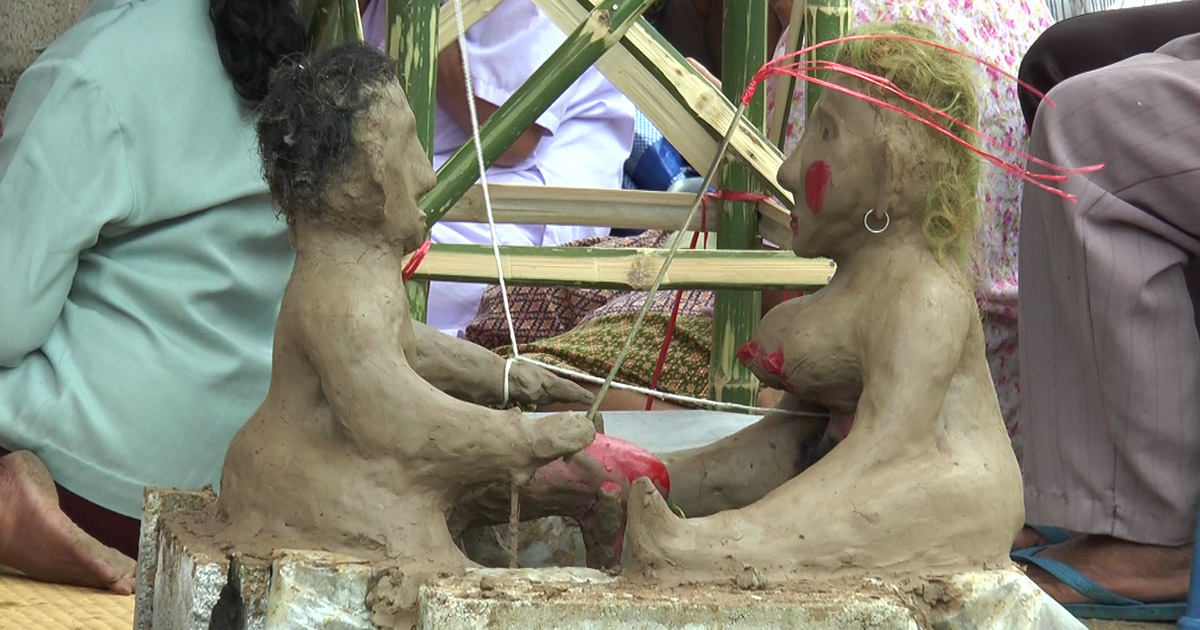
16. The Khun Phet Procession for Rain (Northeastern Region) In Northeastern Thailand, there is an ancient tradition known as the "Khun Phet Procession," a ritual specifically aimed at requesting rain, particularly during times of drought. Khun Phet is regarded as a symbol of a warrior or a community leader who is revered for his ability to summon rain. This ceremony reflects the deep-rooted beliefs of the villagers in Khun Phet and their hope for rain to support their farming and livelihood.
The Khun Phet Procession begins with the creation of a replica of Khun Phet, usually made from wood or other natural materials. Following this, a procession is organized, involving both men and women from the village. The procession moves through the village and agricultural areas, with participants singing songs and chanting prayers to call for rain. Religious rituals are also performed to enhance the sanctity of the ceremony.
When the procession reaches its destination, typically a rice field or another significant community location, the Khun Phet replica is enshrined, and an official rain-seeking ceremony is conducted. Villagers pour water over the Khun Phet replica, symbolically watering Khun Phet, which is believed to attract rain to the area. The Khun Phet Procession is a powerful demonstration of the strong connection between the community and nature, as well as the belief in sacred powers that can help the community overcome challenging times. Additionally, it serves as an opportunity for the villagers to come together and strengthen communal bonds.
The Role of Rain-Seeking Traditions in Modern Thai Society In the modern era, where technology and science play a significant role in daily life, traditional rain-seeking practices may seem to have diminished in importance. However, in many Thai communities, rain-seeking rituals still hold significant cultural value. These practices are not only about ancient beliefs but also serve as a way for communities to come together and foster hope and resilience when facing natural challenges.
In some cases, these traditions have been revitalized and adapted to the modern context. For example, rain-seeking festivals now blend traditional beliefs with contemporary activities, attracting younger generations to participate in preserving these cultural practices.
Rain-seeking traditions are an integral part of Thai culture, reflecting the deep relationship between humans and nature. The prayers and rituals for rain are not just pleas for help from the divine but also acts of creating hope, unity, and strength within the community. Preserving these traditions in the modern era is vital, not only for cultural continuity but also as a means of harmoniously connecting the past with the present.
As time has passed, technology has played an increasingly important role in addressing drought and water shortages in Thailand. The effort to create artificial rain emerged from the integration of scientific knowledge with the traditional beliefs and faith of the Thai people. This was the beginning of the "Royal Rainmaking Project," developed and supported by King Bhumibol Adulyadej (King Rama IX).
From Concept to Practice The idea of royal rainmaking began in 1955 (B.E. 2498) when King Rama IX recognized the problem of water shortages and drought in rural areas of Thailand. He initiated the research and development of methods for creating artificial rain to alleviate the hardships of farmers and residents affected by these conditions.
After many years of research and experimentation, the Royal Rainmaking Project officially came into being in 1971 (B.E. 2514). The project involved the use of scientific techniques to create rain by spraying dry ice or certain chemicals into clouds to stimulate them to coalesce and fall as rain.
Royal Rainmaking Technology and Modern Rainmaking Practices The Royal Rainmaking Project is a significant innovation that not only helps solve drought problems but also demonstrates how Thai society has adapted by integrating modern knowledge with traditional beliefs. What was once a religious or cultural ritual for rainmaking has evolved into a technological solution for real-world problems.
Today, the Royal Rainmaking Project continues to operate and has been continually improved. Modern technology has been increasingly used to enhance the efficiency of creating artificial rain, and the project’s operational area has been expanded to cover the entire country. Additionally, there is an exchange of knowledge and technology with other countries facing similar challenges.
The Royal Rainmaking Project is not just a technology to solve drought problems; it is also a symbol of the hope and faith that the Thai people have in their King and the monarchy. It serves as a clear example of how Thailand can harmoniously blend modern knowledge with traditional practices.
In a rapidly changing society, traditional rainmaking practices may have been adapted to fit the times, but the meaning and importance of rainmaking persist. Through the development of the Royal Rainmaking Project, Thailand’s commitment to addressing drought and maintaining the quality of life for its people is evident. It is a testament to how belief and technology can coexist to create a better future.
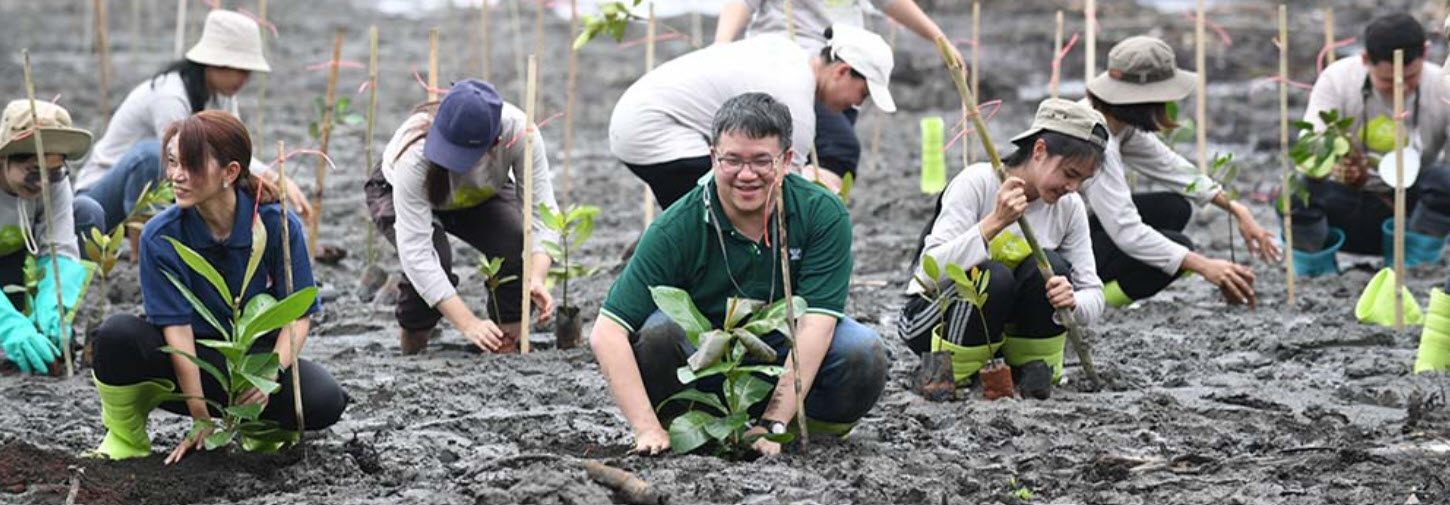
Tree Planting for Rain in the Modern Era Even though the world has changed over time, tree planting for rain remains an important tradition that has been passed down through generations. In many parts of Thailand, tree planting continues to be a part of the rainmaking rituals that are regularly performed. Communities and local organizations organize tree planting activities together to promote nature conservation and address drought issues.
Tree planting for rain is a prime example of how Thai people have effectively blended traditional beliefs with environmental conservation. This tradition not only reflects the faith in the power of nature but also serves as an action that helps to create sustainability for the environment and the lives of Thai people in the long term.
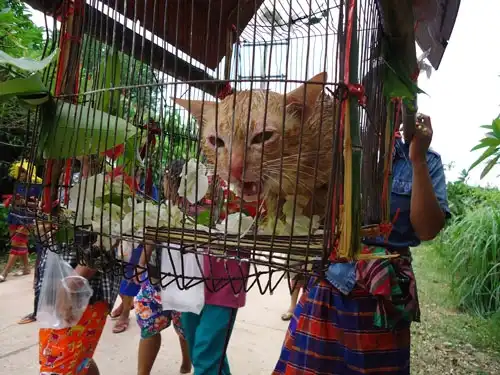
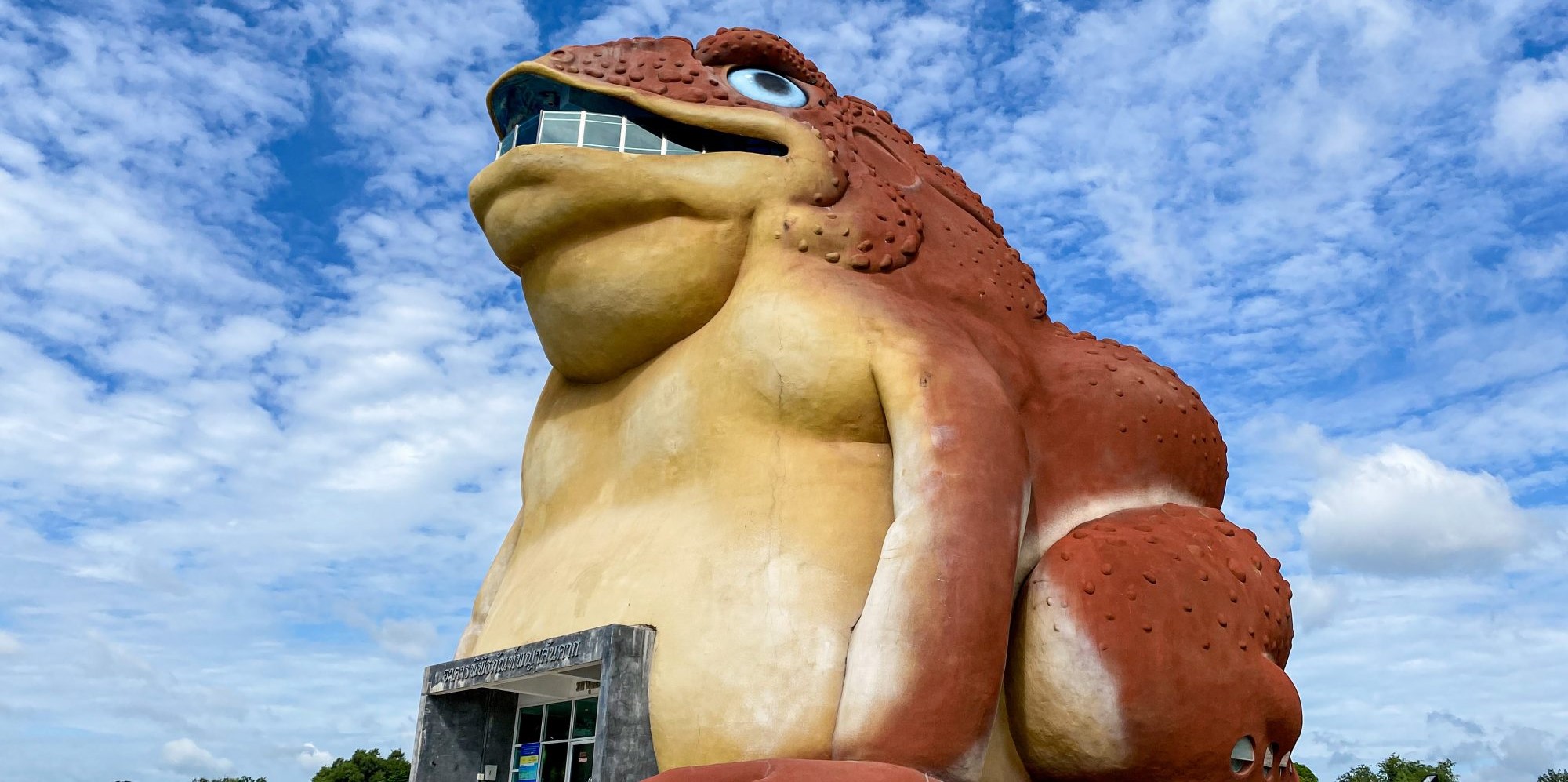
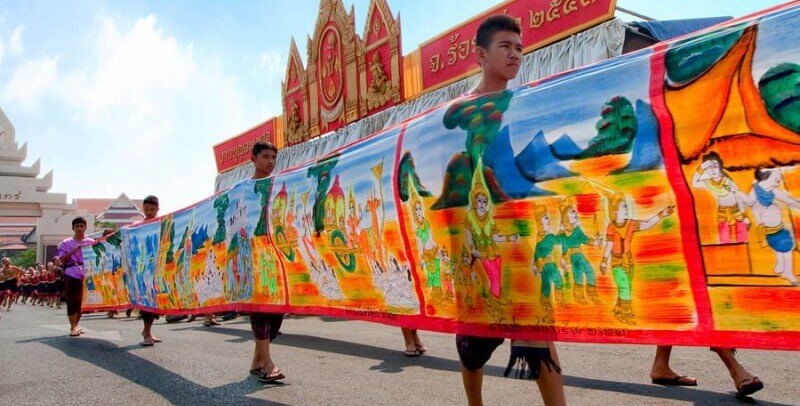
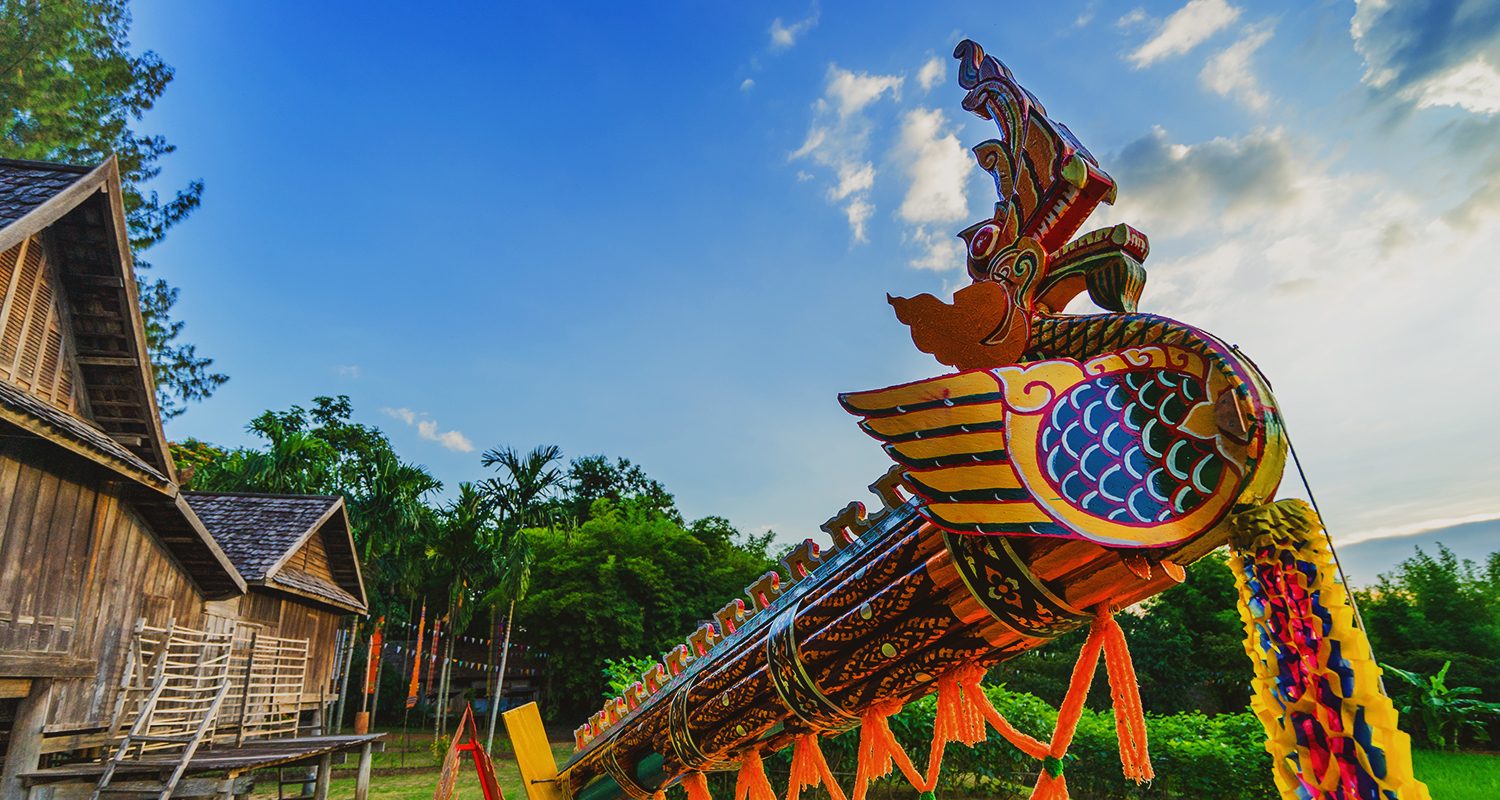
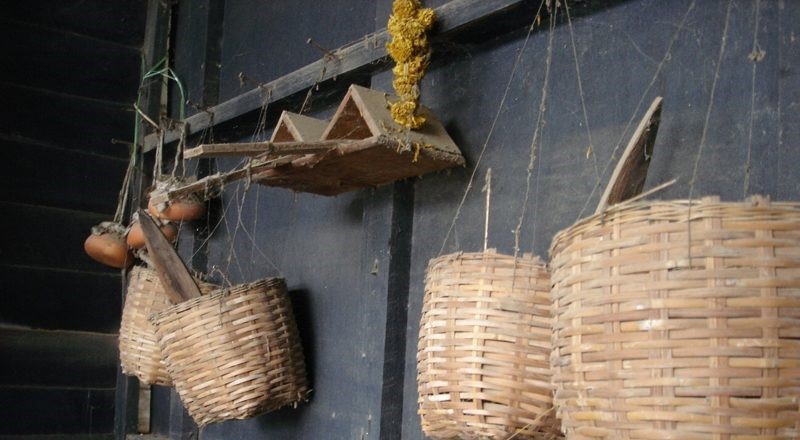
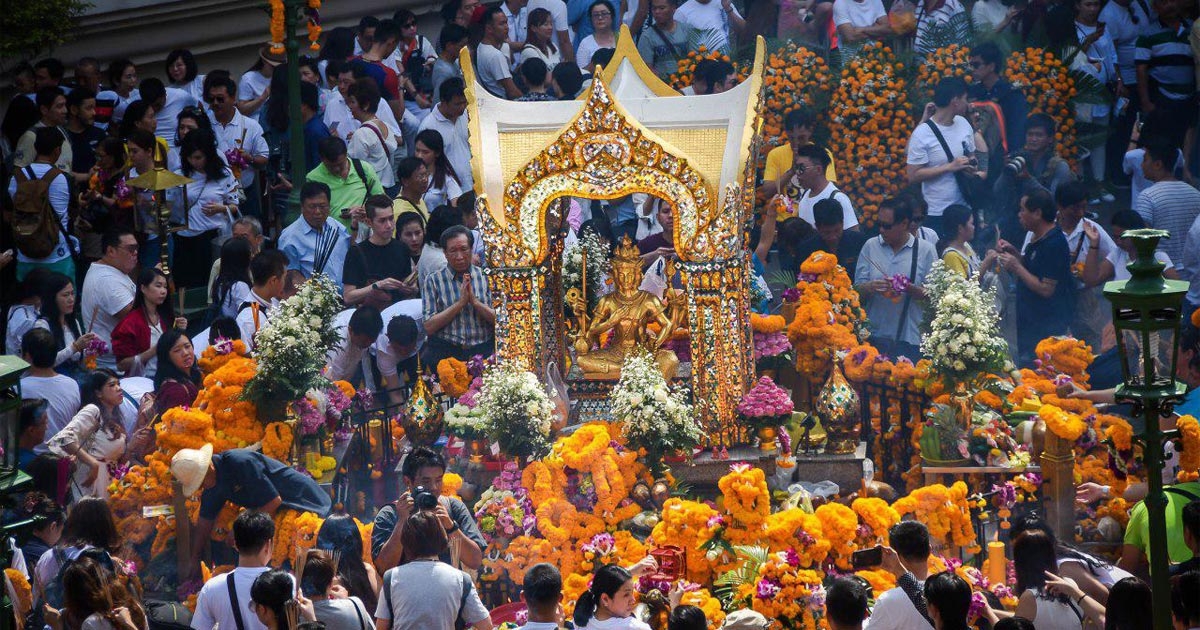
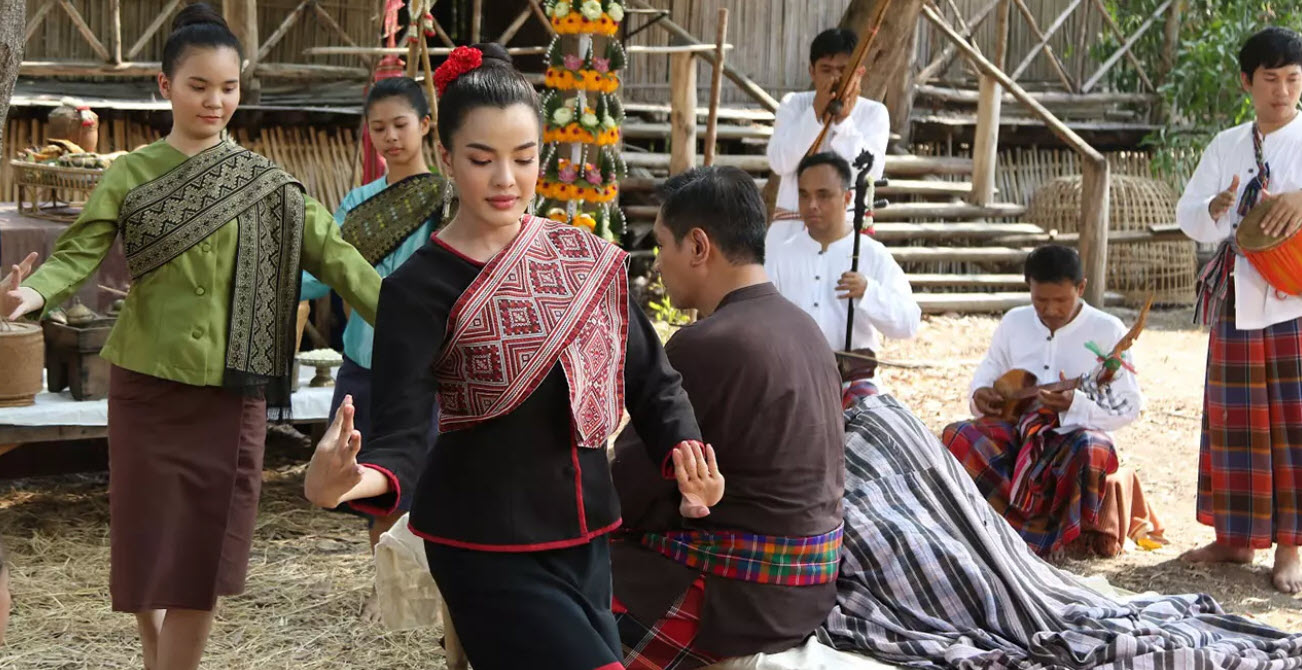
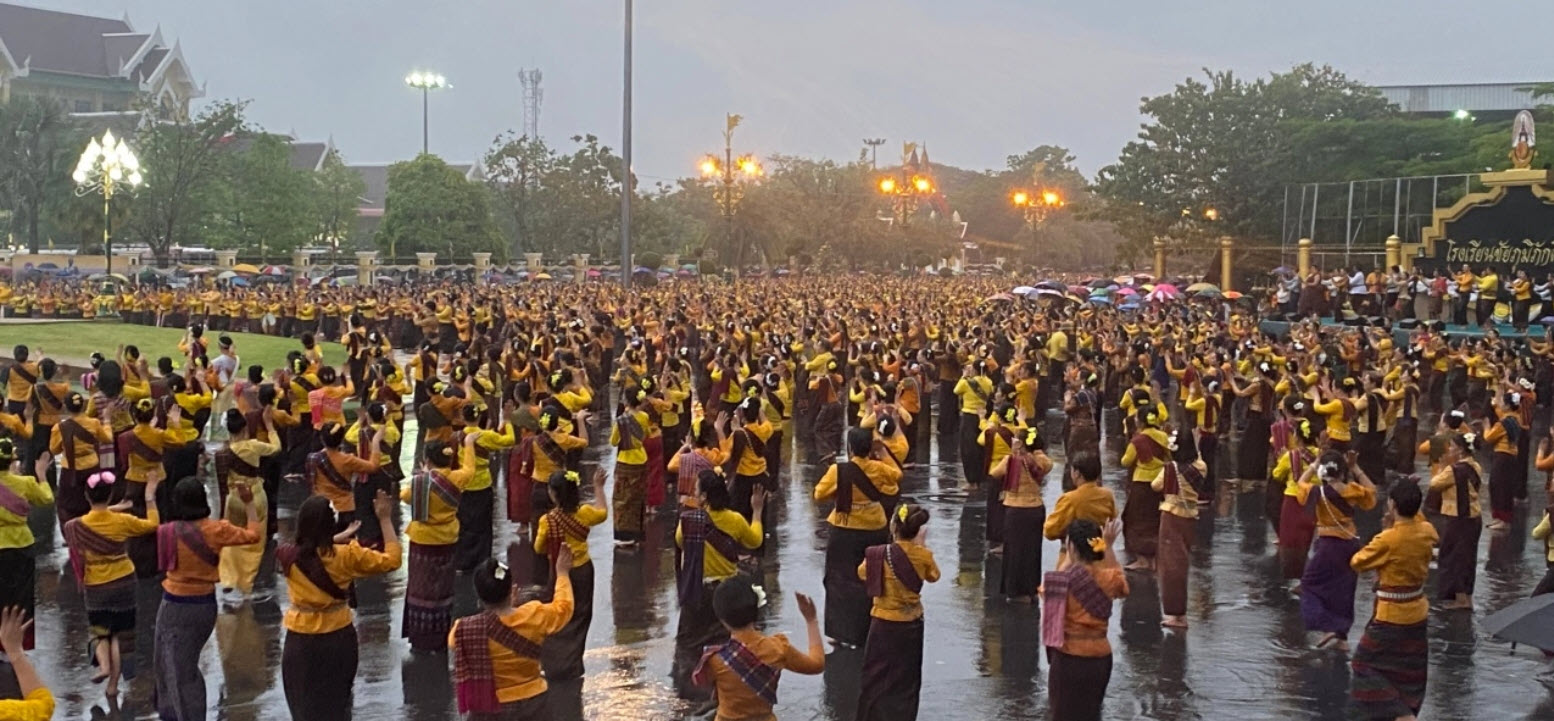
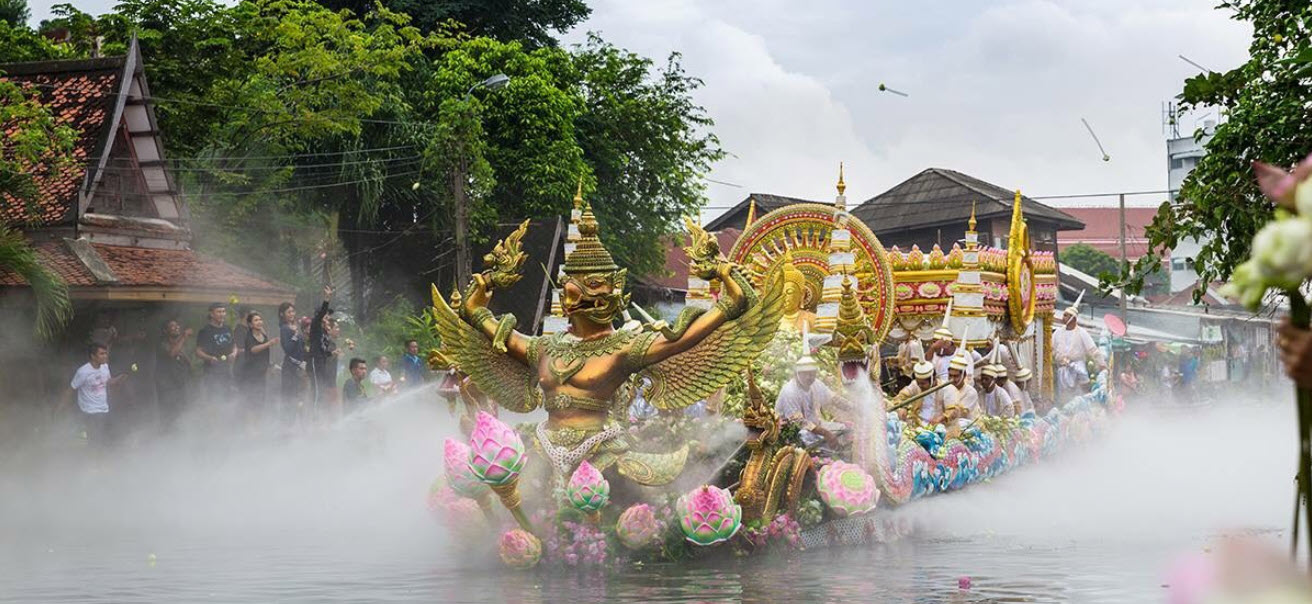




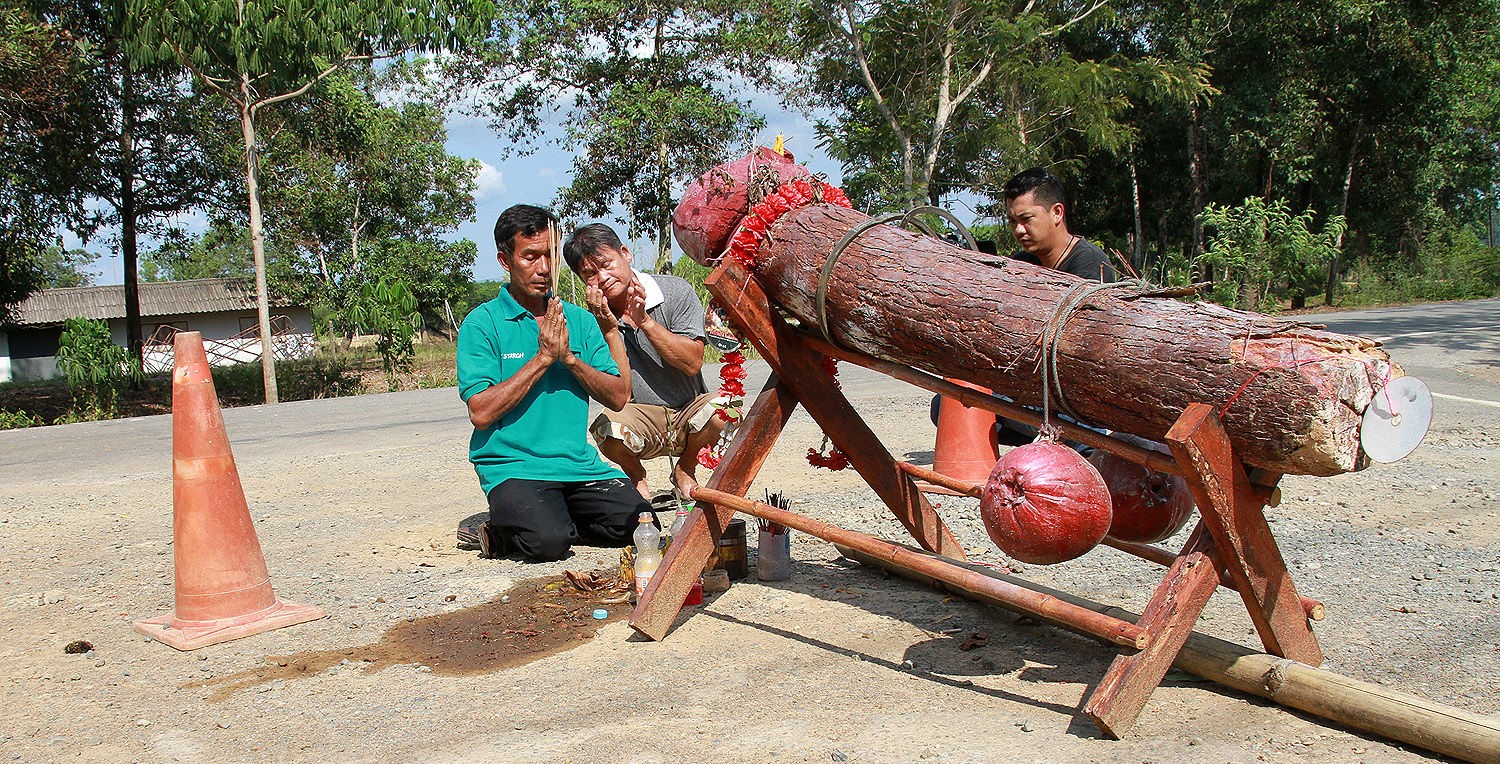



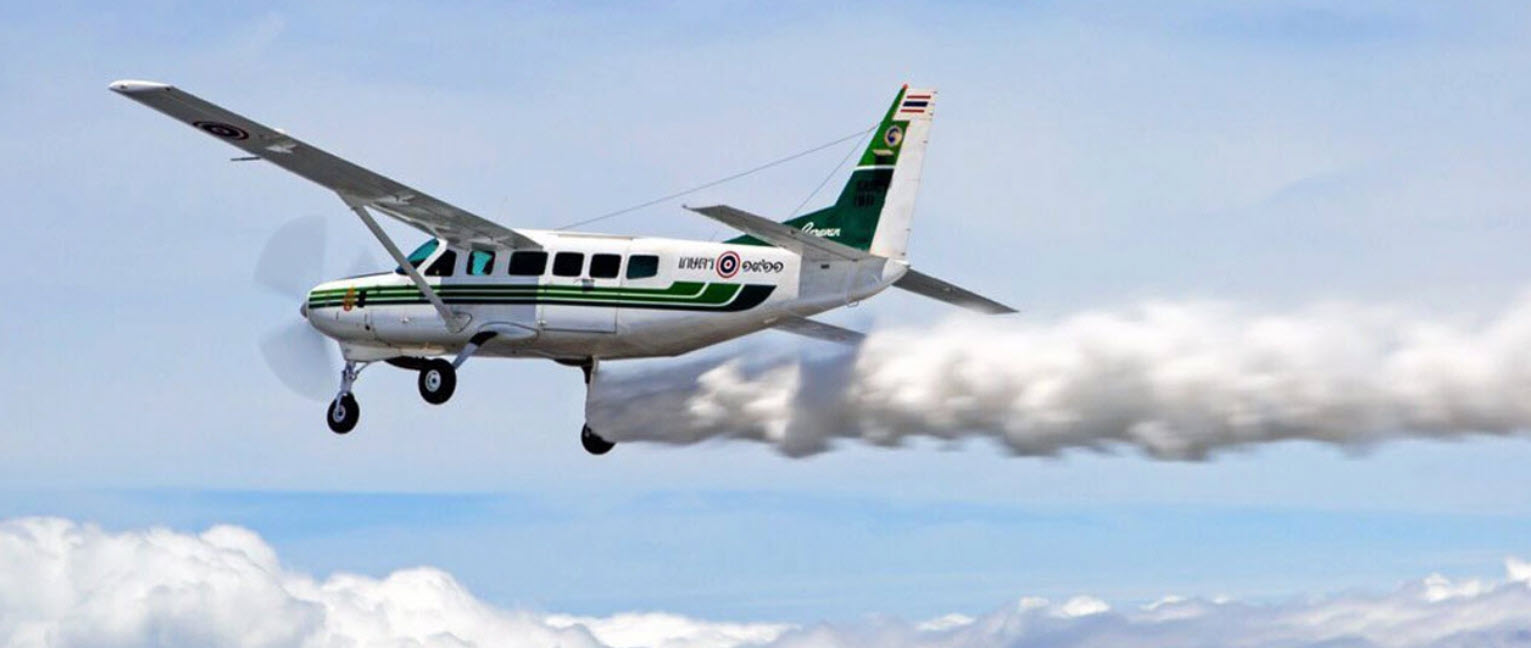

 Facebook Fanpage
Facebook Fanpage
 Category:
Category:  Group:
Group:  Historical Sites and Monuments(
Historical Sites and Monuments( Landmarks and Memorials(
Landmarks and Memorials( Royal Palace(
Royal Palace( Museums(
Museums( Historical Houses and The Ancient City(
Historical Houses and The Ancient City( Art Gallery(
Art Gallery( Educational Places
Educational Places Museum for Study(
Museum for Study( Library(
Library( University
University Places of Worship
Places of Worship Temple(
Temple( Church(
Church( Mosque(
Mosque( Other religious and spiritural sites(
Other religious and spiritural sites( Research and Development
Research and Development Royal Project(
Royal Project( Suburban Living
Suburban Living Village, Community(
Village, Community( Local Market(
Local Market( Floating Market(
Floating Market( Nature and Wildlife
Nature and Wildlife River, Canal(
River, Canal( Bays and Beaches(
Bays and Beaches( Other natural attractions(
Other natural attractions( Entertainment and Agricultural
Entertainment and Agricultural Zoos and Aquariums(
Zoos and Aquariums( Animal camps and shows(
Animal camps and shows( Stadium(
Stadium( Farm, Parks, Gardens and Ecotourism(
Farm, Parks, Gardens and Ecotourism( Amusement Park(
Amusement Park( Waterpark(
Waterpark( Theater(
Theater( Cinema(
Cinema( Shopping
Shopping Shopping and Night Market(
Shopping and Night Market( Department Store(
Department Store( Spas and Wellness
Spas and Wellness Spas and Wellness(
Spas and Wellness( Restaurant
Restaurant Michelin Star(
Michelin Star( Accommodation
Accommodation Hotel(
Hotel( Call Customer Service in Tourism
Call Customer Service in Tourism Call Customer Service in Tourism(
Call Customer Service in Tourism( Travel Articles, Recipes
Travel Articles, Recipes Travel Review, Food Review(
Travel Review, Food Review( Royal Thai Desserts, Traditional Dessert, Thai Dessert Recipes(
Royal Thai Desserts, Traditional Dessert, Thai Dessert Recipes(